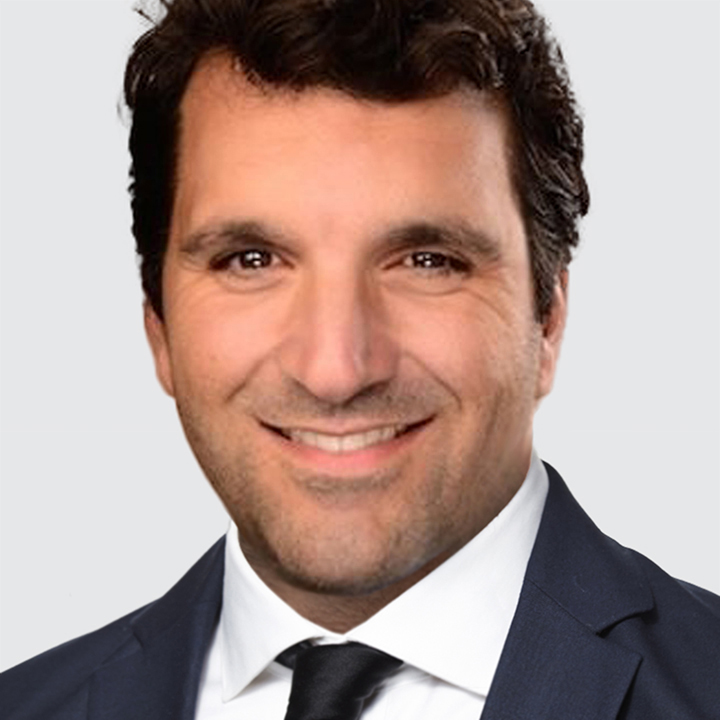US
USD is struggling near the lower end of this month’s narrow range. US stocks continue to outperform European peers, while US and Europe bond yields are modestly higher. The upward revision to US Q2 real GDP growth released yesterday argued against a jumbo Fed funds rate cut on September 17. Real GDP was revised up 0.3pts to an annualized quarterly pace of 3.3% from the advance estimate, primarily reflecting an upgrade to private domestic demand. Real final sales to private domestic purchasers rose at an annualized quarterly rate of 1.9% vs. advance estimate of 1.2%.
Fed Governor Christopher Waller stuck to his dovish script. Waller stressed that his argument to cut the policy rate in July “is even stronger today”, in part because “the downside risks to the labor market have increased.” Interestingly, Waller estimates that, after accounting for the annual “benchmark” revisions to 2025, private-sector employment actually shrank, on average, in the past three months instead of posting gains of 52k. Finally. Waller downplayed the case for a 50bps Fed funds rate cut in September but added “That view, of course, could change if the employment report for August…points to a substantially weakening economy and inflation remains well contained.”
USD will take its cue today from the US July PCE data (1:30pm London, 8:30am New York). Headline PCE is expected at 2.6% y/y vs. 2.6% in June and core PCE is projected at 2.9% y/y vs. 2.8% in June. Attention will also be on the PCE non-housing services inflation as it is still running at a level a bit above what has been historically consistent with 2% inflation. Elsewhere, real personal spending is forecast to pick-up by 0.3% m/m vs. 0.1% in June.
The rising ISM prices index and weakening in the labor market point to upside risk to PCE inflation and downside risk to real personal spending. USD will come under renewed downside pressure if these risks materialize. Conversely, if the PCE data matches consensus, market bets for a 50bps September Fed funds rate cut will be further kept in check and offer USD short-term support.
EUROZONE
EUR/USD is consolidating under 1.1700. The ECB’s July CPI consumer survey of expectations reinforces the case that the ECB is in a good place to keep rates on hold. 1-year expectations rose 0.1pts to 2.5% (consensus: 2.4%) and 3-year expectations was unchanged at 2.6% for a second consecutive month (consensus: 2.5%).
Germany’s EU harmonized August CPI print is up next and projected to remain consistent with the ECB’s 2% medium-term inflation target (1:00pm London, 8:00am New York). Bottom line: the ECB’s pause, and dovish Fed underpins the EUR/USD uptrend.
JAPAN
USD/JPY is directionless around 147.00. The Tokyo August CPI print points to easing inflation pressures nationwide. In line with consensus, headline fell to 2.6% y/y (a 9-month low) vs. 2.9% in July, core ex-fresh food dropped to 2.5% y/y (5-month low) vs. 2.9% in July and core ex-fresh food & energy dipped to 3.0% y/y (5-month low) vs. 3.1% in July. Importantly, core ex. food & energy slipped further below the Bank of Japan’s 2% target to a four-month low at 1.5% y/y vs. 1.7% in July, underscoring soft underlying inflation.
Bottom line: the BOJ is unlikely to raise the policy rate by more than is currently priced-in, which is a headwind for JPY. The swaps market imply 70% odds of a 25bps rate hike by year-end and a total of 75bps of rate increases to 1.25% over the next three years. We expect USD/JPY to remain within a wide 142.00-150.00 range over the next few months.
CANADA
USD/CAD is trading heavy near 1.3740 ahead of Canada’s Q2 real GDP print (1:30pm London, 8:30am New York). The economy is expected to shrink in Q2 due to a sharp drop in exports after tariffs were imposed, supporting the case for additional Bank of Canada (BOC) rate cuts. Consensus sees real GDP drop at an annualized quarterly rate of -0.7% vs. 2.2% in Q1. The BOC has penciled-in a larger decline of -1.5%.
At the last July 30 meeting, the BOC left the policy rate unchanged at 2.75% and signaled that “if a weakening economy put further downward pressure on inflation and the upward price pressures from the trade disruptions were contained, there may be a need for a reduction in the policy interest rate.” The swaps market already fully price-in a 25bps BOC rate cut to 2.50% by year-end which limits CAD upside.

